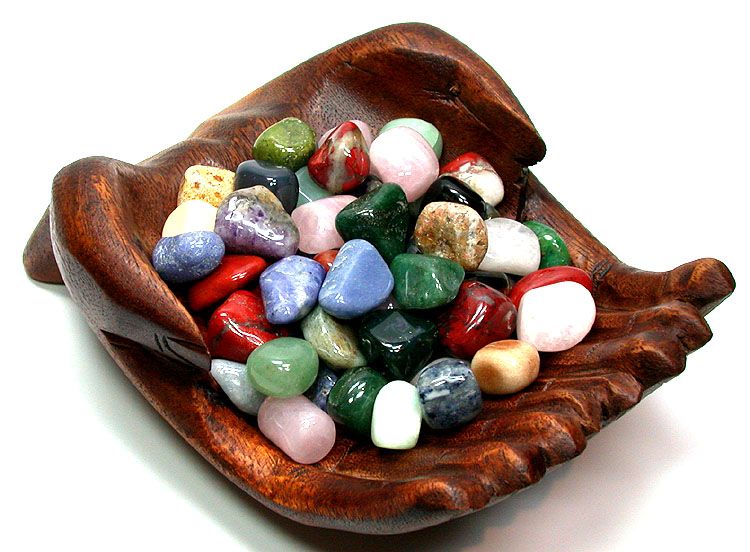The I-Ching: Ancient Wisdom for Modern Times - A Beginner's Guide
- Details
- Written by And-El
- Views: 2174
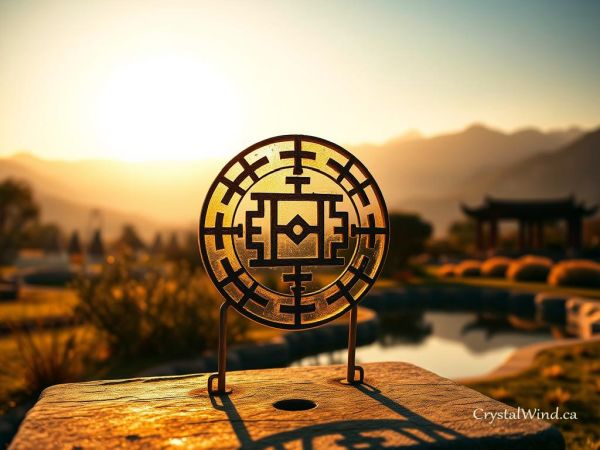
Join us as we explore the i-ching, an ancient text with wisdom over 3,000 years old. What secrets can it share with us today?
In this beginner's guide, we'll dive into the i-ching's core principles. We'll see how it's relevant in our modern lives.
The i-ching is based on 64 hexagrams. Each hexagram shows a mix of energies and forces.
These hexagrams are a deep tool for self-reflection and growth. They help us connect with the i-ching's ancient wisdom. This way, we can face life's challenges with clarity and purpose.
We'll learn about the i-ching's key principles. This includes the balance of yin and yang energies and the trigrams' symbolic language.
By embracing the i-ching's wisdom, we gain a deeper understanding of ourselves and the world. The i-ching: ancient wisdom for modern times - a beginner's guide is our path to enlightenment.
Understanding the I-Ching: A Sacred Oracle of Ancient China
The I-Ching is an ancient text from chinese philosophy. It has been a source of wisdom for centuries. It offers insights into the universe and human nature.
Its origins are rich in history, rooted in ancient wisdom and divination.
The I-Ching is a tool for self-reflection and guidance. It helps us understand life's complexities and the universe's changes. It uses symbolic language and metaphor, giving a unique view of the world.
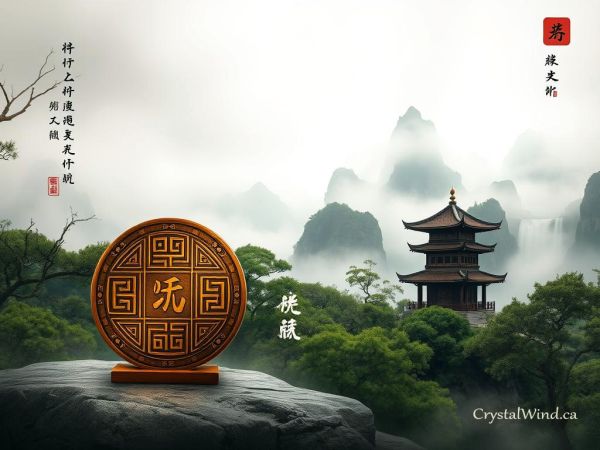
The I-Ching has inspired and guided many throughout history. It has been used in divination and fortune-telling. It has also shaped chinese philosophy and culture.
By looking at the I-Ching through ancient wisdom, we can understand its importance today.
Origins and Historical Significance
The I-Ching's roots go back to ancient China. It was used for divination and guidance. Over time, it has evolved with different interpretations and translations.
Despite these changes, the I-Ching remains a powerful symbol. It offers insights into the human condition and the natural world.
The Fundamental Principles of the I-Ching
The i-ching is built on yin and yang, the eight trigrams, and the 64 hexagrams. We'll see how these form the basis of divination and spiritual guidance. We'll also look at the i-ching's role today.
The i-ching is a system of ancient wisdom. It guides those seeking a deeper understanding of the world and their role in it. It's based on yin and yang, showing the harmony and balance in the universe.
Some key principles of the i-ching include:
- The interconnectedness of all things
- The cyclical nature of time and events
- The importance of balance and harmony in life

By grasping these principles, we can understand the universe and our place in it better. The i-ching becomes a tool for spiritual guidance and self-discovery.
Yin and Yang: The Basic Building Blocks
We delve into the i-ching's core principles, focusing on yin and yang. These are the basic elements of ancient wisdom. The universe, according to this idea, is made up of two opposing yet connected forces.
The i-ching, an ancient text, sheds light on the yin and yang dynamic. It helps us understand the natural world and our role in it. By studying yin and yang, we can appreciate the universe's intricate balance.
Characteristics of Yin Energy
Yin energy is linked to receptivity and passivity. It embodies the feminine, cool, and calm sides of the universe. It's the energy of the moon, night, and winter.
Characteristics of Yang Energy
Yang energy, by contrast, is about creativity and activity. It represents the masculine, warm, and energetic sides of the universe. It's the energy of the sun, day, and summer.
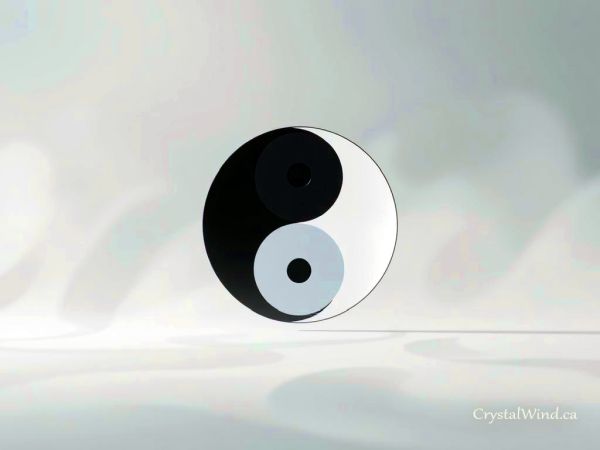
Understanding yin and yang helps us apply ancient wisdom to today's world. It aids in finding balance and harmony within ourselves and our surroundings.
The Eight Trigrams: Foundation of the Hexagrams
The eight trigrams are the heart of the i-ching, an ancient Chinese divination text. Each trigram has its own energy and meaning. Together, they create the 64 hexagrams. We will look into the importance of each trigram and their role in divination and spiritual guidance.
The eight trigrams are:
- Qian: the creative
- Kun: the receptive
- Zhen: the arousing
- Kan: the abysmal
- Li: the clinging
- Ken: the keeping still
- Xun: the gentle
- Dui: the joyful
These trigrams are the base of the i-ching. Knowing their meanings and how they relate is key to understanding the hexagrams. The i-ching is complex, but studying the eight trigrams helps us grasp its principles and symbols.
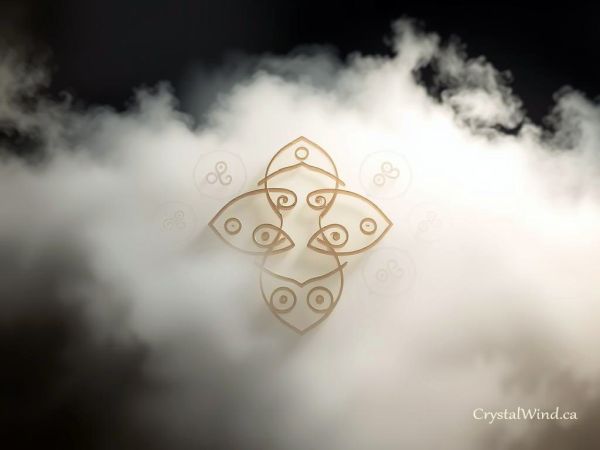
The eight trigrams are used in divination, meditation, and spiritual growth. By delving into the eight trigrams and their connections, we can better understand the i-ching. The i-ching is a powerful tool for personal growth and self-discovery. The eight trigrams unlock its secrets.
The I-Ching: Ancient Wisdom for Modern Times - A Beginner's Guide to Interpretation
The i-ching is an ancient text filled with ancient wisdom for today. As we delve into the i-ching, we uncover its deep meaning and how to use it in our lives. It's a complex system, but a beginner's guide helps us unlock its secrets.
Basic Reading Techniques
To begin, we learn the basic reading techniques of the i-ching. We use coins or yarrow stalks to create a hexagram, a symbol of six lines. Each line can be broken or unbroken, forming a unique hexagram.
Interpreting Symbol Combinations
After getting a hexagram, we interpret its meaning. We look at symbol combinations and how they relate to our situation. The i-ching offers a framework for interpretation, but intuition and reflection are key.
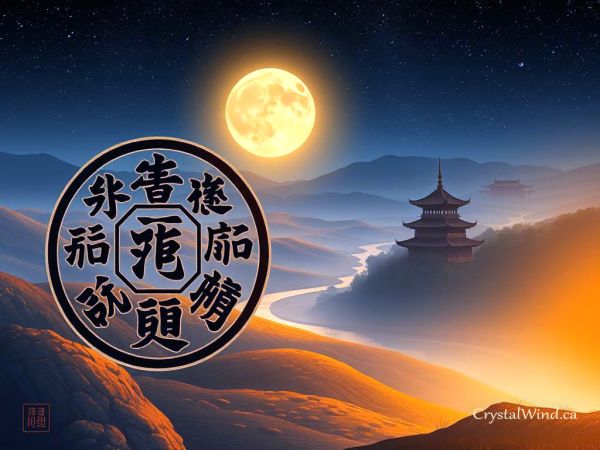
Understanding Changing Lines
The i-ching also gives us changing lines for further guidance. These lines show changes in our situation and need careful thought and interpretation. By understanding these lines, we grasp the i-ching's message and how to apply it to our lives.
Traditional Methods of Consulting the I-Ching
We explore the traditional ways to use the i-ching, a practice that spans centuries. This ancient text offers guidance and wisdom. Its traditional methods are still used today for divination.
Divination with the i-ching uses various techniques. These include the yarrow stalk method and the three coin method. They help people connect with the i-ching's wisdom, gaining insights into their lives and the world.
The Yarrow Stalk Method
This method uses yarrow stalks to create a hexagram. It's then interpreted for guidance and wisdom. The yarrow stalk method has been used for centuries and is still practiced today.
The Three Coin Method
This method uses three coins to create a hexagram. It's simpler and more accessible than the yarrow stalk method. Yet, it's a traditional method used in divination.
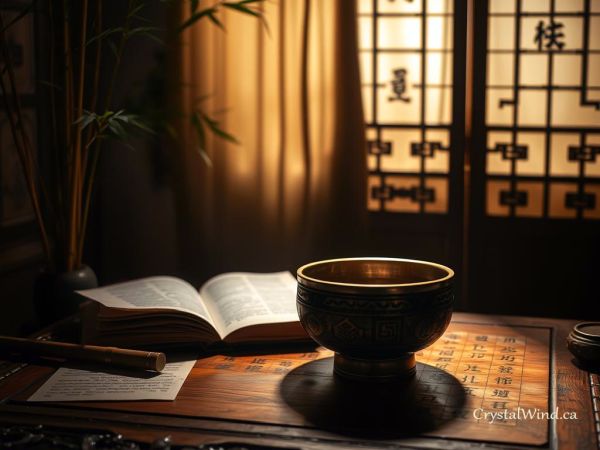
Modern Adaptation Techniques
There are also modern ways to consult the i-ching. These include online tools and software. New methods combine traditional techniques with modern technology.
Complete Guide to All 64 Hexagrams
The i-ching is an ancient wisdom tool with 64 hexagrams. Each hexagram is a unique mix of energies and symbols. These 64 hexagrams are the heart of the i-ching and unlock its ancient wisdom.
We will explore the list of all 64 hexagrams, which includes:
- Hexagram 1: Creative Power
- Hexagram 2: Receptive
- Hexagram 3: Difficulty
- ... (up to 64 hexagrams)
Each hexagram offers a special view on life, guiding us to balance, harmony, and self-awareness. By studying the i-ching and its 64 hexagrams, we can understand the ancient wisdom behind this sacred oracle.
Here’s a concise rundown of the 64 hexagrams, with their numbers, Chinese names (in Pinyin), and common English translations or themes based on traditional meanings (primarily from the Wilhelm/Baynes translation):
- Qián (The Creative) - Pure yang, heaven, strength, initiative.
- Kūn (The Receptive) - Pure yin, earth, devotion, adaptability.
- Zhūn (Difficulty at the Beginning) - Initial struggle, sprouting.
- Méng (Youthful Folly) - Inexperience, learning.
- Xū (Waiting) - Patience, nourishment.
- Sòng (Conflict) - Dispute, tension.
- Shī (The Army) - Discipline, collective force.
- Bǐ (Holding Together) - Unity, alliance.
- Xiǎo Chù (The Taming Power of the Small) - Restraint, subtle influence.
- Lǚ (Treading) - Caution, conduct.
- Tài (Peace) - Harmony, prosperity.
- Pǐ (Standstill) - Stagnation, obstruction.
- Tóng Rén (Fellowship) - Community, cooperation.
- Dà Yǒu (Possession in Great Measure) - Abundance, success.
- Qiān (Modesty) - Humility, balance.
- Yù (Enthusiasm) - Joy, inspiration.
- Suí (Following) - Adaptation, flow.
- Gǔ (Work on the Decayed) - Repair, renewal.
- Lín (Approach) - Advancement, oversight.
- Guān (Contemplation) - Observation, reflection.
- Shì Kè (Biting Through) - Justice, decisive action.
- Bì (Grace) - Beauty, adornment.
- Bō (Splitting Apart) - Collapse, stripping away.
- Fù (Return) - Renewal, turning point.
- Wú Wàng (Innocence) - Spontaneity, sincerity.
- Dà Chù (The Taming Power of the Great) - Control, accumulation.
- Yí (Nourishment) - Sustenance, self-care.
- Dà Guò (Preponderance of the Great) - Excess, critical transition.
- Kǎn (The Abysmal) - Danger, water, repetition.
- Lí (The Clinging) - Fire, clarity, dependence.
- Xián (Influence) - Attraction, mutual response.
- Héng (Duration) - Perseverance, constancy.
- Dùn (Retreat) - Withdrawal, strategic distance.
- Dà Zhuàng (The Power of the Great) - Strength, vigor.
- Jìn (Progress) - Advancement, flourishing.
- Míng Yí (Darkening of the Light) - Concealment, caution.
- Jiā Rén (The Family) - Household, roles.
- Kuí (Opposition) - Polarity, divergence.
- Jiǎn (Obstruction) - Difficulty, perseverance.
- Xiè (Deliverance) - Relief, release.
- Sǔn (Decrease) - Reduction, simplification.
- Yì (Increase) - Growth, benefit.
- Guài (Breakthrough) - Resolution, determination.
- Gòu (Coming to Meet) - Encounter, subtle danger.
- Cuì (Gathering Together) - Assembly, unity.
- Shēng (Pushing Upward) - Ascent, effort.
- Kùn (Oppression) - Exhaustion, confinement.
- Jǐng (The Well) - Sustenance, community resource.
- Gé (Revolution) - Transformation, renewal.
- Dǐng (The Cauldron) - Stability, nourishment.
- Zhèn (The Arousing) - Thunder, shock, movement.
- Gèn (Keeping Still) - Mountain, stillness, meditation.
- Jiàn (Development) - Gradual progress, patience.
- Guī Mèi (The Marrying Maiden) - Subordination, caution.
- Fēng (Abundance) - Fullness, peak.
- Lǚ (The Wanderer) - Travel, detachment.
- Xùn (The Gentle) - Wind, penetration, flexibility.
- Duì (The Joyous) - Lake, openness, pleasure.
- Huàn (Dispersion) - Dissolution, scattering.
- Jié (Limitation) - Moderation, boundaries.
- Zhōng Fú (Inner Truth) - Sincerity, trust.
- Xiǎo Guò (Preponderance of the Small) - Small excess, attention to detail.
- Jì Jì (After Completion) - Order, balance achieved.
- Wèi Jì (Before Completion) - Transition, unfinished potential.
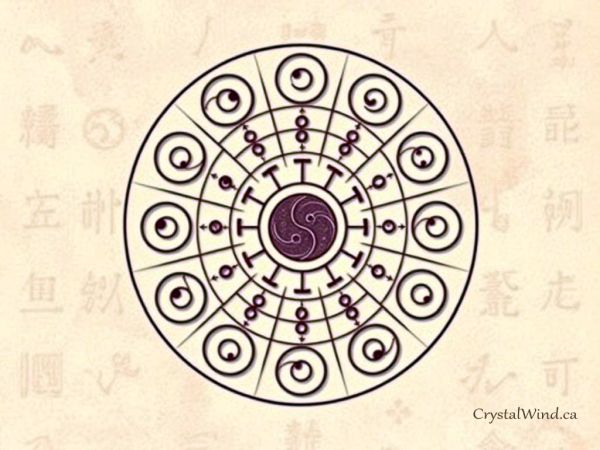
The 64 hexagrams of the i-ching are a powerful tool for personal growth, self-reflection, and making decisions. As we explore the i-ching, we see the depth and complexity of its ancient wisdom. We learn how it can guide us in our modern lives.
Symbolic Language and Metaphoric Meanings
The i-ching is filled with symbolic language and metaphoric meanings. These help share deeper truths and wisdom. We'll look at the importance of ancient symbols, modern views, and cultural background in readings.
The i-ching's core is its symbolic language. This language comes from ancient Chinese culture and philosophy. It's still studied and used today. By understanding the metaphoric meanings of the i-ching's symbols, we can see the universe's workings and our role in it.
Some key parts of the i-ching's symbolic language are:
- The use of trigrams and hexagrams to represent different states and situations
- The concept of yin and yang, and the interplay between these two fundamental forces
- The use of metaphor and analogy to convey complex ideas and principles
By studying the i-ching and its symbolic language, we can understand the world better. The i-ching gives a unique view of reality. It's a powerful tool for personal growth and self-discovery.
Practical Applications in Daily Life
We turn to the i-ching for guidance and wisdom in our everyday lives. It helps us make decisions, solve problems, and reflect on ourselves. By using the i-ching, we gain a deeper understanding of ourselves and the world.
The i-ching is useful in many areas of daily life, like relationships, work, and personal growth. For instance, it helps us:
- Discover our strengths and weaknesses
- Make smart choices about our future
- Stay positive and resilient
By applying the i-ching's principles, we face life's challenges more confidently. It offers a blend of spiritual insight and practical advice. Exploring the i-ching's practical applications helps us see its value in our modern lives.
The I-Ching as a Tool for Personal Growth
The I-Ching is an ancient tool for gaining insight and wisdom. It helps us grow personally, making life's challenges easier to handle. By using the I-Ching, we learn more about ourselves and the world. This leads to spiritual development and a more fulfilling life.
Self-Reflection Practices
- Meditating on I-Ching hexagrams to reveal inner truths
- Journaling to record insights and track progress
- Engaging in introspective dialogue to clarify values and goals
The I-Ching helps us grow personally by exploring our motivations and fears. It helps us understand ourselves better. This way, we make better choices and connect more deeply with the world.
Decision-Making Guidance
The I-Ching guides us in making decisions by showing possible outcomes. It helps us think about the consequences of our choices. By using the I-Ching, we make more informed and effective decisions.
Spiritual Development
Exploring the I-Ching can lead to spiritual growth. It teaches us about balance, harmony, and the connection between all things. This inspires us to live more holistically and compassionately, fostering unity and cooperation.
Common Misconceptions and Pitfalls to Avoid
When using the i-ching, it's key to know common misconceptions that can lead to wrong use. We'll look at how to steer clear of these traps and use the i-ching wisely.
The i-ching is a complex tool that needs a deep grasp of its principles and symbols. A big pitfall is thinking its meanings are simple or literal. The i-ching is actually complex and depends on the situation.
To dodge common misconceptions, we must approach the i-ching with an open mind. We should be ready to question our own views and biases. This means being open to self-reflection and considering different views.
- Understanding the context and question being asked
- Being aware of one's own biases and assumptions
- Considering multiple perspectives and interpretations
- Approaching the i-ching with respect and humility
By knowing these common misconceptions and pitfalls, we can better understand this ancient tool. We can use it to gain insight and guidance in our lives.
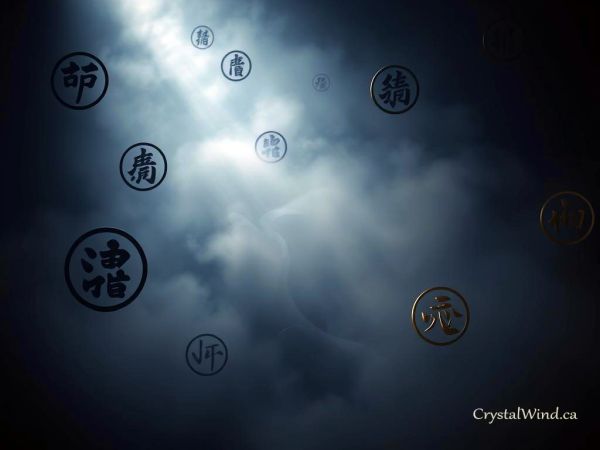
Integrating I-Ching Wisdom into Modern Decision-Making
We can use the I-Ching's ancient wisdom in today's decisions. This means integrating i-ching wisdom into our daily choices. It's useful in business applications and personal relationships.
The I-Ching offers insights into modern decision-making. It helps us see the situation's dynamics and make better choices. By looking at the I-Ching's views, we can make more informed decisions.
Applying I-Ching Principles
Key principles for integrating i-ching wisdom include:
- Thinking about the long-term effects of our actions
- Being open to change and flexibility
- Seeking balance and harmony in our lives
By following these principles and using the I-Ching, we can make better decisions. This approach considers the complexities of our modern world.
Resources for Further Study and Practice
We have many resources for those who want to learn more about the I-Ching. You can find books, online courses, and workshops. These resources help you understand how to keep learning and growing with the I-Ching.
For further study, we suggest looking into these topics:
- Astrological connections to the I-Ching
- Symbolic language and metaphoric meanings
- Practical applications in daily life
To improve your
- Join online communities or forums to discuss I-Ching interpretations
- Attend workshops or seminars to learn from experienced practitioners
- Experiment with different methods of consulting the I-Ching, such as the Yarrow Stalk Method or the Three Coin Method
Conclusion: Embracing Ancient Wisdom in Contemporary Life
The I-Ching, an ancient Chinese text, offers wisdom that's still relevant today. It teaches about yin and yang, energy flow, and life's cycles. These lessons help us understand and deal with today's world.
By learning from the I-Ching, we gain a deeper understanding of ourselves and the world. It guides us in finding balance, being adaptable, and staying mindful. This wisdom helps us grow, make better decisions, and find spiritual enrichment.
As we end this guide, we invite you to keep exploring the I-Ching. Dive into its symbols, see how it applies to your life, and let it guide you. Embracing its wisdom will light your way in today's world.
And-El: A guiding light at CrystalWind.ca, And-El is a visionary in spiritual awakening, with over three decades dedicated to enlightenment and conscious living. As an entrepreneur, author, and creator of oracle decks, And-El's work inspires personal transformation.
Copyright Notice: © 2025 And-El. All rights reserved. This article may be freely redistributed in its entirety provided that the author's name, this copyright notice, and a link to CrystalWind.ca are included. Please do not alter, transform, or build upon this work without express written permission from the author.
Liked this article? Dive deeper into personal growth and wellness! Check out CrystalWind.ca for spiritual wisdom or explore AromaWorx.ca for natural well-being tips. Spread the positivity—share this with friends on their happiness journey!
Let’s Chat! Drop Your Thoughts Below! ![]()
Latest Articles

Imagine a world of inspiration and healing, free for all—made possible by YOU!
Donate Now—Ignite the Magic at CrystalWind.ca!
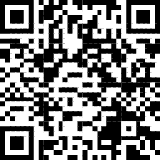
Epilepsy - Finding A Cure
Your donation can make a difference!
Help us find a cure – donate now!
Unlock Your Light: Join Lightworkers Worldwide on CrystalWind.ca!
Follow Us!
Featured This Month
Lugh - Celtic God Of The Sun
The god Lugh was worshiped in Ireland as a deity of the sun. This connection... Read more
Egyptian Zodiac/Astrology
Egyptian astrology was one of the earliest forms of astrology. The Egyptians w... Read more
Chalcedony
The Stone Of Orators Chalcedony was very popular as a decorative stone in ant... Read more
Sun in Cancer
Cancer Sun Sign Characteristics Overview The name "Cancer" comes from Latin, ... Read more
Lammas by The Hedgewitch
Although in the heat of a Mid-western summer it might be difficult to discer... Read more
Cancer Mythology
The Mythology of Cancer: A Celestial Tale of Loyalty and Sacrifice Among th... Read more
Abalone Shell
Echos Of The Ancestors Abalone strengthens the structure of the body and th... Read more





















































































































